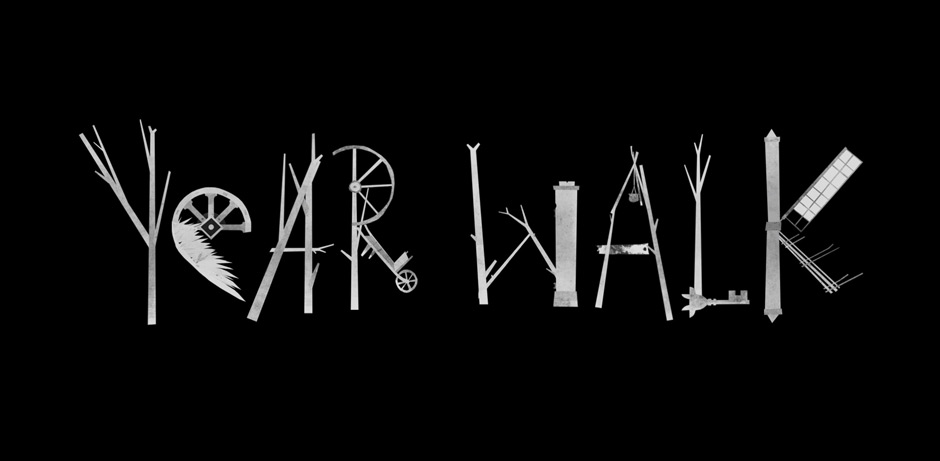Reader, I’m going to share with you a cold, hard, indisputable fact that’s not often brought up in this space—I am a big nerd.
Now, to be clear, I’m not at all saying I’m a ‘cool’ nerd—for instance, someone who wears ironic t-shirts and geeks out on futuristic music tech or an aficionado of some obscure, dark corner of intellectualism who smokes pipes and has a crazy, gravity-defying mustache. No, I’m talking about the most traditional, common kind of nerd; the kind that would be the butt of jokes in an 80s rom-com; the kind that enjoys sci-fi, post-Tolkein high fantasy, computer role playing games, and actual Dungeons & Dragons, with its polygonal dice and awesomely intricate character sheets.
Hello. My name is Troy, I am a nerd, and this Dungeons & Dragons t-shirt is totally un-ironic.
Ah. That felt good. Thank you, Reader.
Such subjects rarely surface on the pages partly because this is a shared blog, addressing interests I hold in common with my wife + partner, Katie. These common interests are manifold and numerous but, on the Venn diagram of our respective interests, such nerdy pursuits fall far, far, far away from our area of intersection. Far away.
Another reason you don’t read about my personal nerdy hobbies on this blog—we’re a cutting-edge independent design studio, man. We’ve gotta write about design and art and culture and music and stuff like that. We can’t be cluttering up these pages with my doodles of Chimeras battling Blue Dragons or my highly detailed, multilevel, secret-door-filled (-~-) graph paper dungeon maps.
But, thanks to Sweden’s Simogo Games, I now have a safe space to talk about a particularly well-done, artsy, and appropriately seasonally spooky game for iOS.
In a market saturated with one-dimensional console rip-offs + revivals from the 8-bit era, Year Walk proves itself a refreshingly original game in terms of both content and style. The game draws from the real-life ancient Swedish custom of Årsgång, or ‘year-walking’, whereupon practitioners embark on fasting-induced vision quests in an effort to tap into otherworldly foresight and—for better or worse—catch a glimpse of their future.
As Scandinavian folklorist Theodor Almsten puts it in the Year Walk Companion, the free “definitive guide to the mysterious myths and creatures encountered in the game Year Walk”:
“The church was the final destination for a year walker. On his way he would typically encounter a number of supernatural creatures, which would pose a threat physically, mentally, and spiritually. If a year walker made it to the cemetery, he would walk around the church in an intricate pattern. This would open the year walker’s eyes to the future, but it would also lure out The Church Grim (the fearful, mythical goat-like creature of Scandinavian legend). After having completed the year walk, the walker would see visions that could manifest themselves in different manners. When the walker left the cemetery he might, for instance, see a sombre procession of dancers dressed in their finest church clothes. These would be the people that would die the following year. A reoccurring theme is, of course, the year walker who meets his own ghost on the road. Another story tells of how the walker would see newly dug graves. Love played a great part too, so a walker would typically meet wedding processions or even attend weddings yet to come.”
How this all plays out in the actual game is through first-person perspective controls that allow players to move side-to-side and back-and-forth through simple screen-swipes and by touching or dragging to activate items of interest. Through these simple, intuitive controls, though, players are immersed in the world Year Walk creates—a starkly beautiful, stylishly illustrated, wintery woodlands, complimented by the ominous sounds of the character’s solitary footsteps in the snow and Daniel Olsén’s spookily apropos, era-appropriate soundtrack. Progress through the narrative is based on solving a series of inventive puzzles, some based on visual patterns, some on user movement, and some on tonal frequencies, even.
The game is succinct in its scope and less of a long-play—though I got hung up on a couple of the puzzles, I think I finished it in a total of a few hours or so—and, at times, I felt a bit lost in terms of direction and goal, but I think that just added to the overall sense of exploration and quiet sense of foreboding that the game establishes.
So if you’re looking for something to shake things up since the 42nd iteration of that game with all those upset birds and thieving pigs, I’d recommend giving Year Walk a try. Especially with Halloween around the corner, it’s a great way to introduce a little bit of manufactured fright into your nights—there were seriously some gasp-worthy moments for me. I recommend playing late at night with the lights off and headphones in.
Year Walk—available for iPhone + iPad—can be downloaded for $3.99 at Apple’s App Store. The Year Walk Companion—an interesting read on Scandinavian folk lore by its own right—is free and also available via the App Store.
So get your spooky gaming on, Reader.
To the right, the trailer for Year Walk (full-screen button for a larger version). Below, a nice little song by Jonathan Eng from the game and some of our Year Walk gameplay screenshots.
…and yes, I am super-psyched for Elder Scrolls Online. Thank you for asking.









